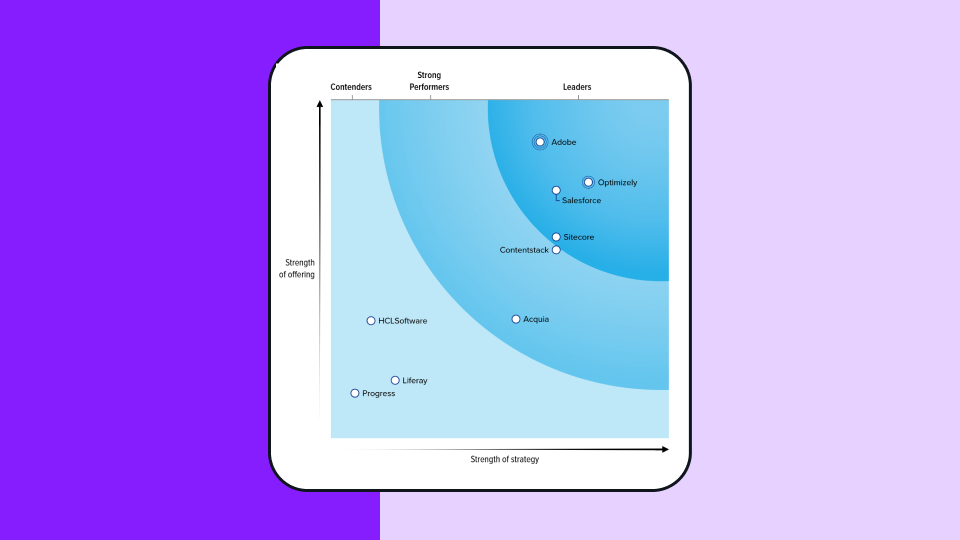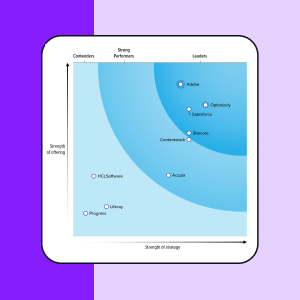Continuous integration
What is continuous integration?
Continuous Integration (CI) is a devops and software development practice where code is continuously integrated into the trunk (a shared repository also known as master or mainline) where these integrations are automatically built and tested.
By integrating controlled portions of code into the master branch more regularly, you can find bugs quickly and locate them more easily. Continuous Integration relieves the anxiety of hoping your code works when you merge it with everyone else’s because you’re confident of its status as it relates to the mainline.
Without CI, software developers have to work to finish the entire feature before merging it with the rest of the codebase. By the time a developer has merged it into the mainline, there have been so many changes that it causes what’s known as a merge conflict, or competing changes to the code. This causes friction in the development workflow because it sometimes takes hours to resolve and merge code written by different team members or teams.
Here are some of the best continuous integration practices:
- Maintain all code in a single repository for easier management.
- Encourage small, frequent code commits to the main branch.
- Optimize build times for quick feedback using caching and parallelization.
- Implement reliable automated tests (unit, integration, regression).
- Use separate testing environments to prevent conflicts.
- Employ versioning strategies for easy tracking and rollback.
Why is continuous integration important?
CI's integration of automated tests and experiments not only streamlines the development process but also contributes to building robust features by catching bugs early, ensuring functionality, and enabling a more efficient development cycle.
CI's role in building functional features that work lies in its ability to:
- Validate functionality: Automated tests within CI pipelines verify that new features or changes meet functional requirements and do not break existing functionality. This ensures that features work as expected before deployment.
- Iterative development: CI supports an iterative development approach, allowing developers to make incremental changes and regularly test them. This iterative process fosters feature development that evolves steadily and reliably.
- Early detection of issues: By running tests and experiments during integration, CI identifies issues early in the development cycle. This lowers the chances of deploying faulty features.
Benefits of continuous integration
Increase development velocity
By applying continuous integration, organizations can increase development velocity because developers can isolate parts of their code to efficiently find bugs in their software projects and roll out new features to customers without creating fiction in the experience. Developers can integrate unfinished features into the master branch behind feature flags without risking instability.
Additionally, developers can work without having to worry about detangling messy merge conflicts. By using feature flags or feature toggles, features that are in-progress can be pushed into a shared branch without blocking release from that branch.
Improve product quality
When you check in code more frequently, you improve product quality because you’re running tests against that code multiple times a day and you’re not waiting for a giant build to pile up before attempting to integrate with everyone else’s work. The ability to control portions of code allows developers to focus on the quality of the code and ship faster and more confidently.
Strong code foundation
It’s unrealistic to imagine a world where you have 100% bug-free code, but having tools and processes in place to catch the most disruptive bugs is possible and should be part of the thinking as you implement continuous integration within your company. When practicing CI, teams have complete control and visibility over what’s being introduced into the codebase and can easily triage if a deployment has caused a bug.
Faster feedback loops
Running automated tests and experiments in CI pipelines provides rapid feedback on the impact of code changes. Developers can promptly address issues, iterate, and improve code quality without delays.
Enaling experimentation
CI facilitates running experiments and A/B tests as part of the integration process. Developers can introduce new features or changes, test them in a controlled environment, and assess their impact before deploying to production.
Feature reliability
Continuous integration ensures that features are thoroughly tested in an automated manner. It allows for quick identification and rectification of bugs, enhancing the reliability of newly introduced features.
Continuous integration tools
There are many CI tools available that can help developers to implement continuous integration into their software development process:
-
Source control
Source control and version control systems such as Git, Github (for open source software), Bitbucket, and Subversion serve as a code repository as well as a way to merge source code changes and resolve conflicts in code that is being integrated. -
Automated tests
With the frequent code integration involved in the CI process, it's important to ensure the quality of the code that is being merged, so automated unit tests and test suites such as Jenkins and Selenium are crucial. -
Build automation
Continuous integration tools also incorporate functionality that helps automate the build process so that builds are automatically launched by triggers such as when new code is merged into the mainline, a process called continuous deployment. -
CI platforms
There are many many continuous integration platforms out there that help to manage many of the tasks involved in the CI process. Popular tools include CircleCI, Jenkins, Buddy, Gitlab CI, Travis CI, and Codeship.
Feature delivery process through continuous integration
Here's how a feature delivery process looks for both web and mobile app development:
-
Code development and version control
Developers work on code changes locally that are pushed to a version control system. -
Automated builds and tests
Triggered by code changes, CI systems (e.g., Jenkins, Travis CI) start automated builds.
For web apps
- Building the code into an executable format (e.g., JavaScript, HTML, CSS).
- Running unit tests to check code functionality.
- Generating artifacts for deployment.
For mobile apps
- Building the app for target platforms (e.g., iOS, Android).
- Running automated tests (unit tests, integration tests) on emulators or real devices.
- Creating build artifacts (APK, IPA files).
-
Continuous integration and deployment
Automated deployment to staging environments or test servers for web apps. Mobile apps may undergo beta testing or be deployed to test groups via app distribution platforms (e.g., TestFlight, Google Play Console). -
Testing and validation
Manual testing by QA teams or stakeholders for web apps in staging environments. Mobile apps undergo user acceptance testing (UAT) on actual devices in controlled environments.
Automated tests (regression, performance) continue to run in parallel. -
Feedback
Gather feedback from stakeholders, QA, and user testing. Code changes and new features go through the CI pipeline again for validation. -
Deployment
Approved changes move to production deployment for web apps. Mobile apps are released to app stores (App Store, Google Play Store) or via Mobile Device Management (MDM) systems. -
Monitoring
Continuous monitoring of deployed features and addressing any post-deployment issues promptly through CI/CD pipelines.
This feature delivery process through CI ensures a streamlined and iterative approach to building, testing, and deploying both web and mobile applications.
Continuous integration vs continuous delivery
Continuous delivery (CD) is the software development process of getting code changes into production quickly, safely and with higher quality usually using tools to automate the deploys. Engineering teams make changes to their software in short cycles, so that it can be tested and released more frequently. This approach allows for incremental changes with both lower costs and risk.
In traditional software development, the process of integration occurs at the end of a project after each person finishes their work. This process can take a long time and be frustrating for all involved.
Continuous integration is a software development practice that moves the integration phase earlier in the development cycle so that developing, testing and integrating code happens with greater frequency. The development team merges code changes into a shared, central repository several times a day in order to release a product version at any moment. This requires an integration process which is reproducible and automated.
Continuous integration and continuous delivery are typically paired together as part of the agile development methodology, so much so that the combined acronym "CI/CD" is often used to describe the process.
Continuous integration and product experimentation
Running a successful experimentation organization requires the development team to work quickly and efficiently because of the need to iterate once your features have been used in real-world environments. Feature flags allow you to experiment with more confidence and not worry about having to change infrastructure or code if you want to enable or disable a feature.
To help keep A/B testing as a key part of your organization’s deployment process, Optimizely server-side experimentation integrates feature flags, rollouts, and variables with experimentation, allowing you to control the entire product development lifecycle in one place. By first running an A/B test to a portion of traffic, your team can test and gradually optimize a new feature. Once you have the best user experience, it can be rolled out in a controlled way across your entire customer base to reduce the risk of any engineering issues with the release process.

